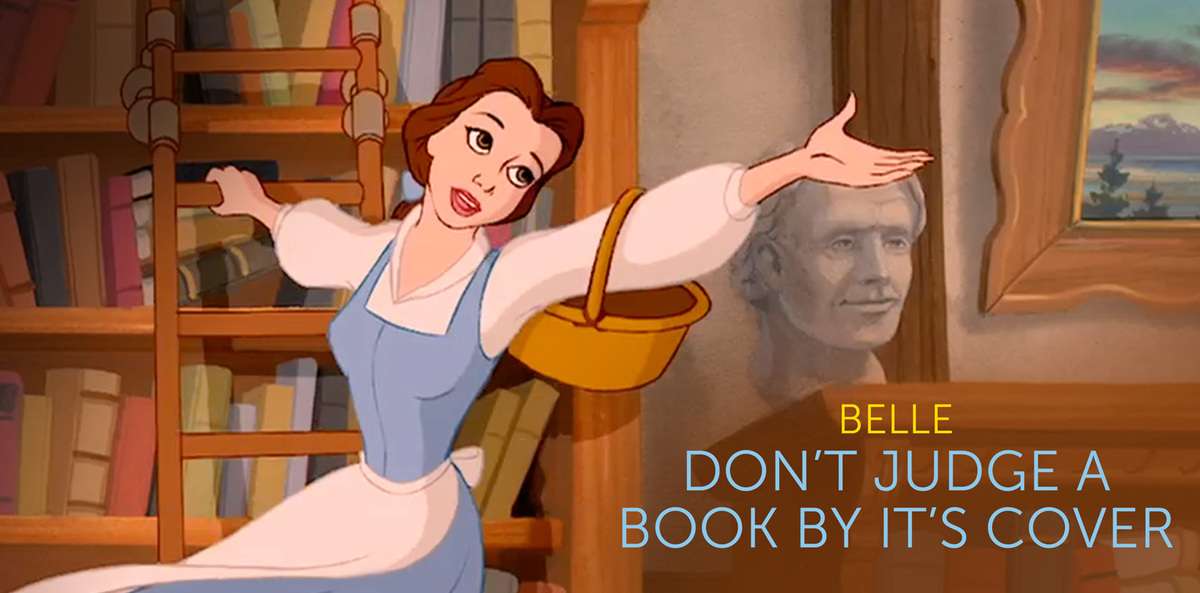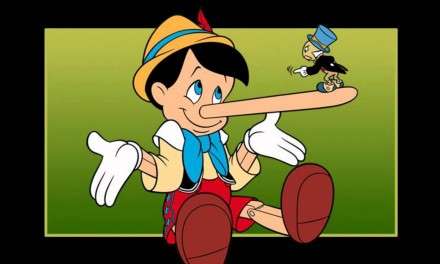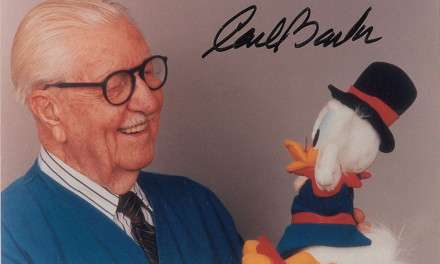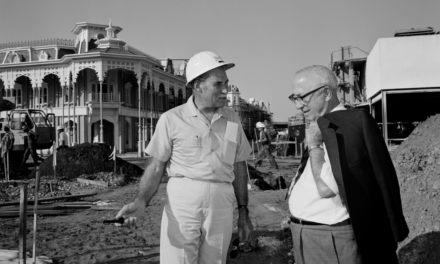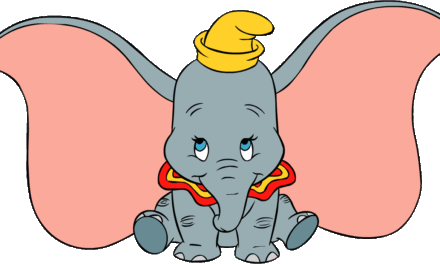Belle is a fictional character who appears in Walt Disney Pictures’ 30th animated feature film Beauty and the Beast (1991). Originally voiced by American actress and singer Paige O’Hara, Belle is the non-conforming daughter of an eccentric inventor. Belle yearns to abandon her predictable village life in return for adventure. When her father Maurice is imprisoned by a cold-hearted beast, Belle offers him her own freedom in exchange for her father’s, and eventually learns to love the Beast despite his unsightly outward appearance.
Disney chairman Jeffrey Katzenberg commissioned Beauty and the Beast as an animated musical with a strong heroine and hired first-time screenwriter Linda Woolverton to write it. Basing her on the heroine of Jeanne-Marie Leprince de Beaumont’s fairy tale “Beauty and the Beast”, Woolverton adapted Belle into a stronger and less passive character for the film. Inspired by the women’s rights movement, Woolverton wanted Belle to be a unique Disney heroine different from The Little Mermaid’s popular Ariel, and thus deliberately conceived the character as a feminist in an effort to avoid the criticism Disney had long been receiving due to the studio’s reputation of depicting its female characters as victims.
Belle’s strength and love of reading was inspired by American actress Katharine Hepburn’s performance as Jo March in the film Little Women (1933), while the writers instilled the adventure-seeking heroine with goals and aspirations beyond romance. However, the story artists and animators often disagreed with Woolverton’s liberated vision for the character. Animated by James Baxter and Mark Henn, the former of whom based the character’s graceful gait on those of impressionist Edgar Degas’ ballerinas, Belle’s European facial features were inspired by those of British actresses Vivien Leigh and Audrey Hepburn. Several additional Hollywood actresses inspired Belle’s appearance, including Natalie Wood, Elizabeth Taylor, and Grace Kelly.
Belle has garnered widespread acclaim from film critics who appreciated the character’s bravery, intelligence, and independence. Reception towards her feminism, however, has been more mixed, with commentators accusing the character’s actions of being romance-oriented. The fifth Disney Princess, Belle is often ranked among the franchise’s best. Highly regarded as one of Disney’s strongest examples of a feminist character, critics agree that Belle helped spearhead a generation of independent film heroines while changing the reputation of a Disney princess. Also one of Disney’s most iconic characters, Belle was the only animated heroine nominated for the American Film Institute’s greatest heroes in film ranking. The character also appears in the film’s several sequels and spin-offs, as well as her own live-action television series. American actress Susan Egan originated the role of Belle in the Broadway musical adaptation of the film, for which she was nominated for a Tony Award for Best Actress in a Musical. Emma Watson plays a live-action version of the character in a 2017 live action adaptation of the original 1991 film.
After the success of Walt Disney Productions’ first feature-length animated film Snow White and the Seven Dwarfs (1937), filmmaker Walt Disney himself made several attempts to adapt the fairy tale “Beauty and the Beast” by Jeanne-Marie Leprince de Beaumont into one of the studio’s earliest animated feature films during the 1930s and 1950s. However, the project was continuously abandoned due to the fairy tale’s “static” plot and main characters.The filmmaker was also concerned about the “unnecessary intensity” required to depict Belle imprisoned. Inspired by the unprecedented success of The Little Mermaid (1989), Disney chairman Jeffrey Katzenberg green-lit another attempt at adapting “Beauty and the Beast” under the direction of Richard Purdum. However, Katzenberg did not approve of Purdum’s dark, somber version of the fairy tale, and ultimately ordered that it be restarted from scratch in favor of creating a Broadway-style musical film starring a strong heroine, similar to The Little Mermaid. Opting instead for a “feminist twist” on the story, Katzenberg hired television writer Linda Woolverton, who had never written an animated film before, to write the film’s screenplay.
Before Beauty and the Beast, Disney’s tradition of depicting female characters as victims had already long been established. The fact that Belle was hardly depicted as a feminist in earlier versions of the film became a point of contention among the filmmakers. Despite the fact that Disney wanted Beauty and the Beast to resemble an old-fashioned film, the filmmakers envisioned Belle as “a woman that was ahead of her time”. As the first woman in the history of Disney to write a feature-length animated film, Woolverton decided to explore Belle as an opportunity to create a female character who would ultimately be better received than Disney’s previous animated heroines, specifically Ariel from The Little Mermaid. Woolverton was aware that the task would be particularly challenging due to the previous character’s popularity, but fought relentlessly to make sure that she was creating “a new kind of Disney heroine.” Inspired by the women’s rights movement Woolverton herself had experienced during the 1960s and 1970s, the screenwriter was determined to avoid creating another “insipid” Disney princess and decided to conceive Belle as a headstrong feminist. Woolverton strongly believed that contemporary audiences would not identify with Belle unless she was updated appropriately, and thus evolved the character into “a woman of the ’90s”. The screenwriter refused to watch Jean Cocteau’s 1946 film adaptation of the fairy tale and chose to base Belle on American actress Katharine Hepburn’s portrayal of Jo March in the 1933 film adaptation of Louisa May Alcott’s book Little Women instead, who she felt was “a real depiction of womanhood.” Similarly, story artist Brenda Chapman drew influence from Hepburn’s on-screen bickering with actor Spencer Tracy during the scene in which Belle tends to the Beast’s wounds.
Animator Mark Henn observed that, unlike Ariel, Belle does not “fall in love at first sight”; instead “there’s an actual relationship you see grow”. In the original fairy tale, Belle has two selfish sisters who both have their own respective love interests, all of whom Woolverton omitted from the screenplay in favor of focusing solely on Belle’s relationship with Gaston. At one point, Belle had a younger sister named Clarice and a cruel aunt named Marguerite, both of whom were discarded – Clarice to emphasize Belle’s loneliness, and Marguerite to be replaced by Gaston as the film’s villain. Woolverton also eliminated the subplot of Belle asking her father for a rose. Despite constant “regressive” re-writes, Woolverton’s overall vision for Belle generally remained intact. Beauty and the Beast’s story department was predominantly male, a time during which few women were involved. Woolverton often found herself at odds and disagreeing with the more traditional story artists in regards to Belle’s role in the film, but continued to be supported by Katzenberg and lyricist Howard Ashman.
According to Woolverton, the story team challenged nearly every line of dialogue Woolverton suggested for the character. On one occasion, the story artists re-wrote what Woolverton had originally scripted as Belle using a map to indicate places to where she would like to travel to the character baking a cake. Arguing that the liberated Belle would not even know how to bake,[26] Woolverton decided to compromise by having the character read a book instead, which was similarly debated because some filmmakers considered reading to be too passive an activity. To resolve this, Woolverton scripted Belle walk while reading, an activity in which Woolverton herself partook as a child. In Beaumont’s fairy tale, Belle is essentially forced to replace her father as the Beast’s prisoner. To make the character more independent, Woolverton re-wrote her so that she willingly ventures into the woods in search of her father, bravely confronts the Beast and ultimately trades her own freedom in return for Maurice’s instead. During Gaston’s climactic fight with the Beast, the character’s line “Time to die!” was changed to “Belle is mine!” in order to return the focus of the story to Belle.

